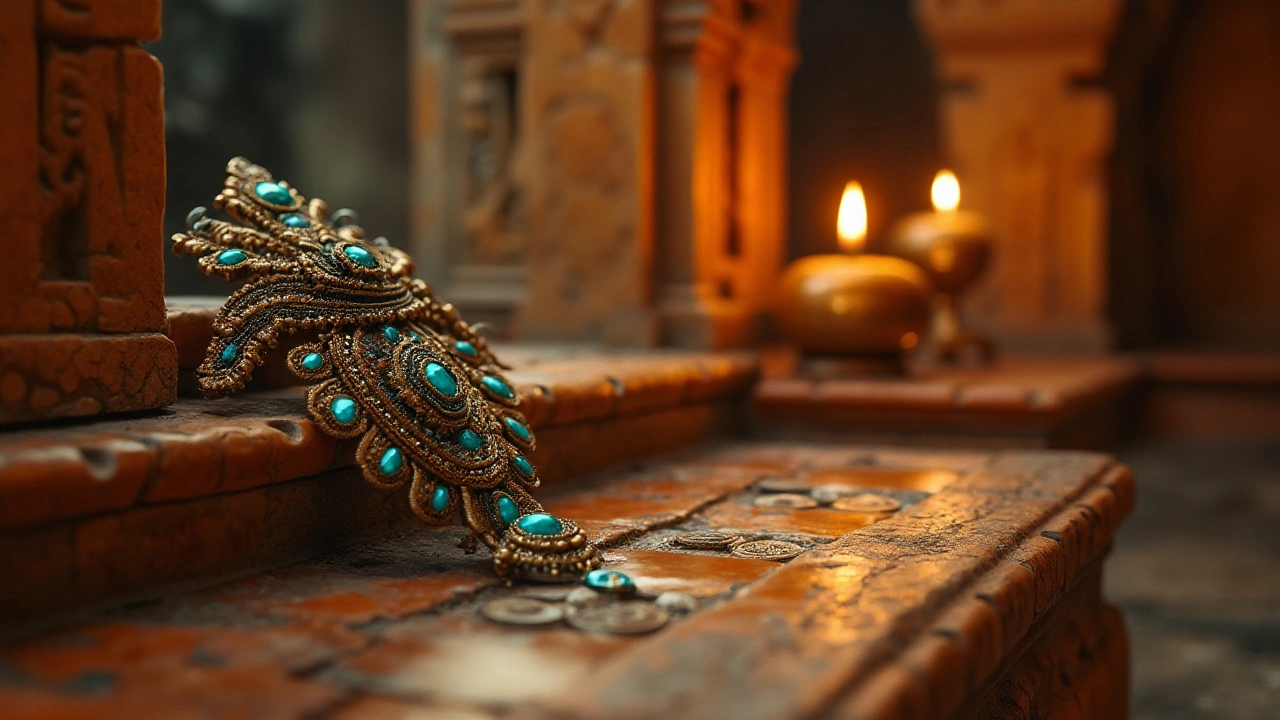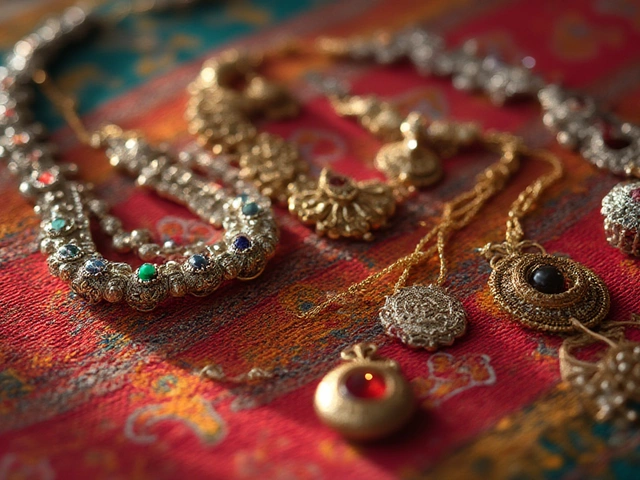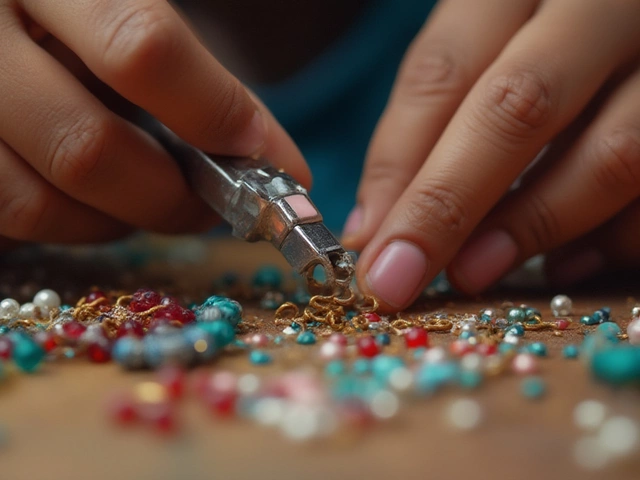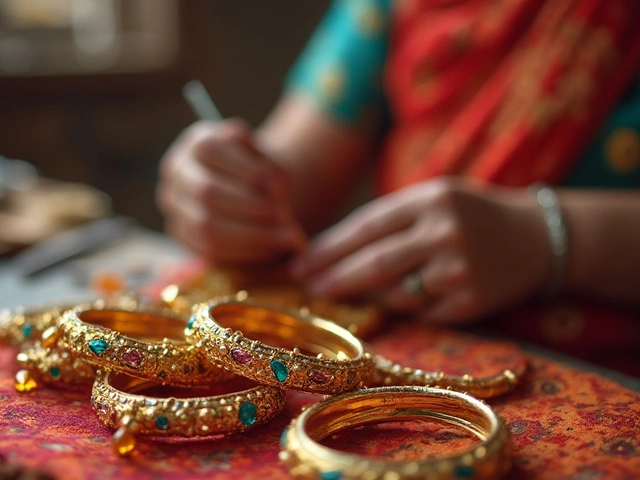Real Turquoise: Spot the Genuine Stone and Buy with Confidence
Turquoise has been a favorite for centuries because of its bright blue‑green hue and easy‑to‑match vibe. Whether you’re eyeing a necklace, a pair of earrings, or a simple pendant, the biggest worry is ending up with a dyed stone or cheap plastic. Below are the practical steps that help you spot real turquoise and get the best value.
How to Identify Real Turquoise
First, look at the color. Natural turquoise ranges from sky blue to green‑teal, and it almost always has some darker veins or “matrix” running through it. If the stone is a uniform, neon‑bright blue, it’s probably been dyed or enhanced.
Second, feel the surface. Genuine turquoise is slightly porous and can feel a bit rough under a magnifying glass. A perfectly smooth, glass‑like finish is a red flag for a synthetic piece.
Third, try the water test. Drop a few drops of water on the stone; a natural stone will absorb the moisture slowly, while a dyed stone will make the water bead up and roll off.
Fourth, use a magnet. Turquoise is not magnetic, so if a magnet sticks, the stone likely contains a metal backing or is a cheap imitation.
Finally, consider certification. Reputable sellers will provide a gemological report or at least a clear return policy that backs the stone’s authenticity. If they can’t give any proof, walk away.
Where to Find Authentic Turquoise
Buy from established jewelers who specialize in Indian or tribal designs. Stores like RH Jewellers India source their stones directly from reputable mines and often have BIS‑hallmarked pieces. Online, look for sellers with high ratings, detailed photos, and clear descriptions of the stone’s origin.
Price can be a good indicator. Real turquoise usually costs $5‑$10 per gram for lower‑grade stone and $20‑$30 for high‑grade with vivid color and minimal matrix. Anything far below those ranges is almost certainly fake.When you receive the stone, repeat the visual and tactile checks. If something feels off, contact the seller immediately. A trustworthy retailer will either replace the item or offer a refund.
Here’s a quick cheat‑sheet you can keep in your pocket:
- Check for natural matrix and uneven color.
- Feel for slight porosity, not a glassy surface.
- Water beads → likely fake; water absorbs → real.
- No reaction to a magnet.
- Ask for a gem‑report or buy from a known dealer.
With these tips, you’ll be able to tell real turquoise from a workshop copy and enjoy a piece that truly shines.
How to Identify Genuine Turquoise in Temple Jewellery
Turquoise is a captivating gemstone that has adorned temple jewellery in India for centuries. However, distinguishing authentic turquoise from imitations can be quite challenging. This article provides an insightful guide on identifying genuine turquoise through various tests and observations. By exploring the physical characteristics and cultural significance of turquoise, readers can enhance their appreciation and ensure their jewellery pieces are genuine.





